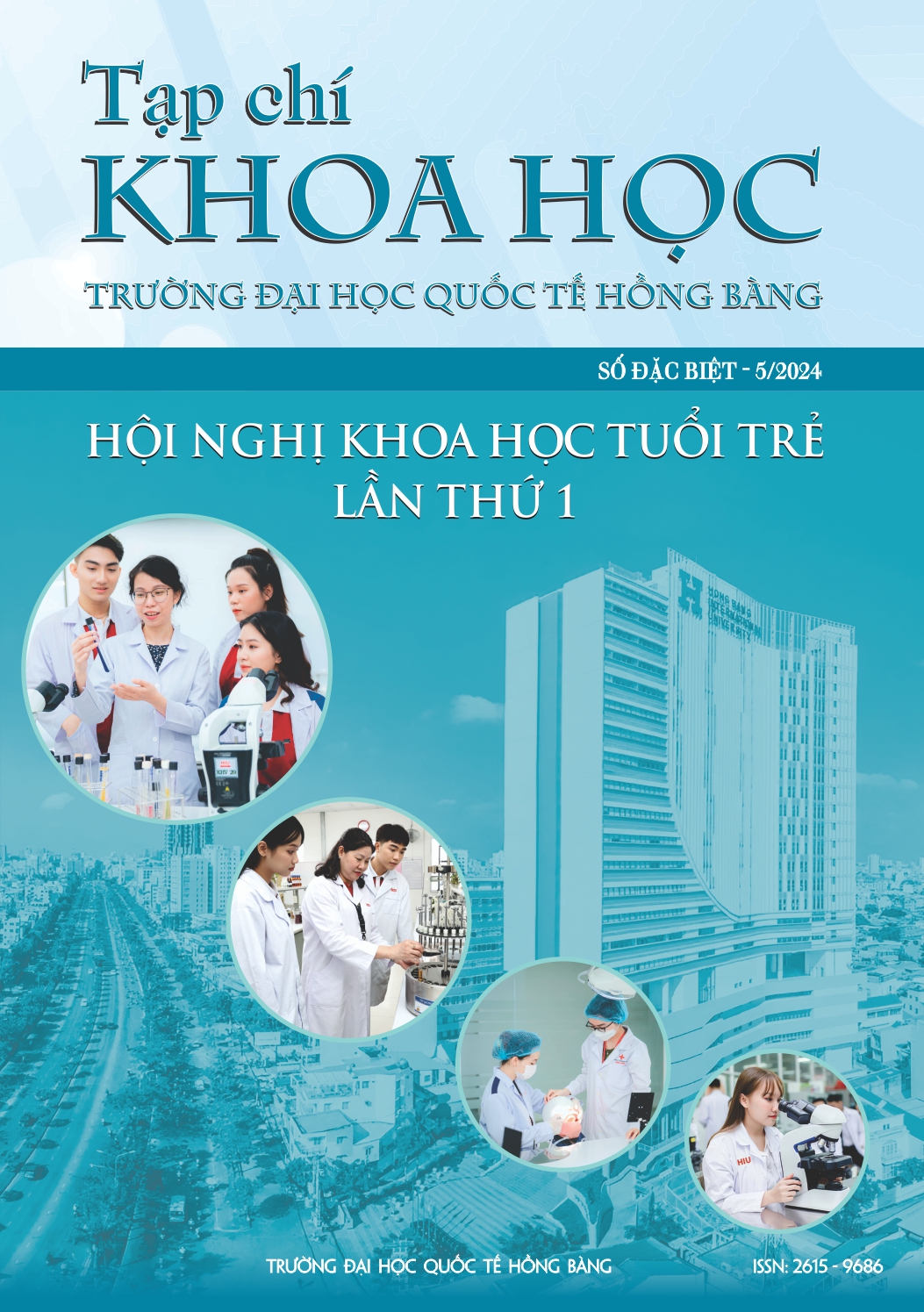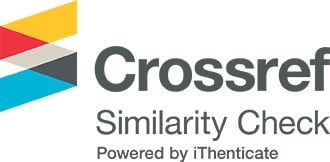NGHIÊN CỨU TÌNH HÌNH CHẤN THƯƠNG ÁP LỰC DO THIẾT BỊ Y TẾ TẠI KHOA HỒI SỨC NGOẠI THẦN KINH BỆNH VIỆN CHỢ RẪY
Các tác giả
DOI: https://doi.org/10.59294/HIUJS.KHTT.2024.016Từ khóa:
thiết bị y tế, chấn thương áp lực, chấn thương áp lực liên quan đến thiết bị y tếTóm tắt
Nghiên cứu cắt ngang mô tả thực hiện tại Khoa Hồi sức ngoại thần kinh – Bệnh viện Chợ Rẫy từ tháng 5/2023 đến tháng 9/2023 trên 290 người bệnh sử dụng thiết bị y tế (TBYT). Mục tiêu là (1) Xác định tỷ lệ chấn thương áp lực (CTAL) do TBYT trên bệnh nhân đang điều trị tại Khoa Hồi sức ngoại thần kinh Bệnh viện Chợ Rẫy; (2) Xác định một số yếu tố liên quan đến CTAL do TBYT. Kết quả cho thấy tỷ lệ bệnh nhân có CTAL là 32.8%. Vị trí CTAL phổ biến là vành tai (61.1%); cánh mũi (25.9%); miêng (12.1%). Có 28.7% bệnh nhân có một CTAL do TBYT trên cơ thể và 3.8% bệnh nhân có từ 2 CTAL. Thời gian xuất hiện CTAL trung bình là 3.61 ± 1.39 ngày, có 44.2% CTAL chuyển độ. Thời gian trung bình CTAL chuyển độ là 5.61 ± 1.22 ngày. Thời gian chuyển độ phổ biến nhất là vào ngày thứ 7 sau khi vào khoa (33.3%) và ngày thứ 5 (28.6%).
Abstract
Descriptive cross-sectional study conducted in the neurosurgical Intensive Care Department of Cho Ray Hospital from May 2023 to September 2023 on 290 adult patients who had using medical devices. The purpose of this study was to identify the rate and the characteristics of medical device related pressure injury (MDRPI) development in neurosurgical intensive care units. The results show that the rate of patients with MDRPI was 32.8%. The common MDRPI location is the auricle (61.1%); nostrils (25.9%); mouth (12.1%). There are 28.7% of patients within one MDRPI as medical device and 3.8% of patients had 2 MDRPIs. The average time to appear MDRPI was 3.61 ± 1.39 days. There is 44.2% MDRPI was conversion. The average time of MDRPI transition was 5.61 ± 1.22 days. The most common conversion times are on the 7th day after entering the department (33.3%) and the 5th of length hospital (28.6%).
Tài liệu tham khảo
[1] Y. W. Najjar, M. Y. Saleh, and Z. M. Hassan, "Medical device related pressure ulcers in Jordan: Prevalence study among critically ill patients," Health Science Reports, vol. 5, no. 3, p. e620, 2022.
DOI: https://doi.org/10.1002/hsr2.620[2] J. M. Black, J. E. Cuddigan, M. A. Walko, L. A. Didier, M. J. Lander, and M. R. Kelpe, "Medical device related pressure ulcers in hospitalized patients," International wound journal, vol. 7, no. 5, pp. 358-365, 2010.
DOI: https://doi.org/10.1111/j.1742-481X.2010.00699.x[3] K. Beckrich and S. A. Aronovitch, "Hospital-acquired pressure ulcers: a comparison of costs in medical vs. surgical patients," Nursing economic, vol. 17, no. 5, 1999.
[4] A. Gefen et al., "Device-related pressure ulcers: SECURE prevention," Journal of wound care, vol. 29, no. Sup2a, pp. S1-S52, 2020.
DOI: https://doi.org/10.12968/jowc.2020.29.Sup2a.S1[5] C. VanGilder, S. Amlung, P. Harrison, and S. Meyer, "Results of the 2008-2009 International Pressure Ulcer Prevalence Survey and a 3-year, acute care, unit-specific analysis," Ostomy Wound Manage, vol. 55, no. 11, pp. 39-45, 2009.
[6] M. Arnold-Long, M. Ayer, and K. Borchert, "Medical device–related pressure injuries in long-term acute care hospital setting," Journal of Wound, Ostomy and Continence Nursing, vol. 44, no. 4, pp. 325-330, 2017.
DOI: https://doi.org/10.1097/WON.0000000000000347[7] K. Masyitha and D. Puspita, "Pressure ulcers related to medical device in intensive care in Indonesia: A prospective study," Enfermeria Clinica, vol. 30, pp. 87-91, 2020.
DOI: https://doi.org/10.1016/j.enfcli.2020.01.006[8] M. Koo, Y. Sim, and I. Kang, "Risk factors of medical device-related pressure ulcer in intensive care units," Journal of Korean Academy of Nursing, vol. 49, no. 1, pp. 36-45, 2019.
DOI: https://doi.org/10.4040/jkan.2019.49.1.36[9] W. Dang et al., "Risk factors of medical device‐related pressure injury in intensive care units," Journal of Clinical Nursing, vol. 31, no. 9-10, pp. 1174-1183, 2022.
DOI: https://doi.org/10.1111/jocn.15974[10] S. G. d. S. Galetto, E. R. P. do Nascimento, P. M. V. Hermida, J. Busanello, L. B. H. de Malfussi, and D. D. Lazzari, "Medical device-related pressure injuries in critical patients: prevalence and associated factors,"Revista da Escola de Enfermagem da USP, vol. 55, 2021.
DOI: https://doi.org/10.1590/1980-220x-reeusp-2020-0397Tải xuống
Tải xuống: 121











